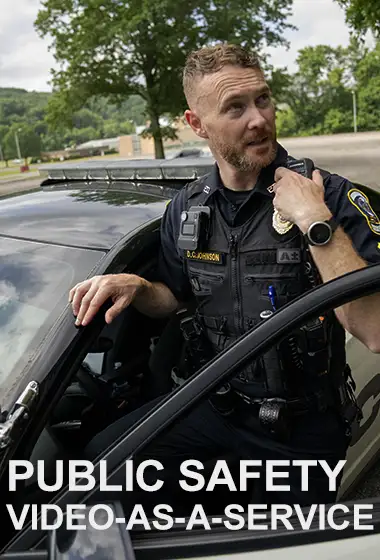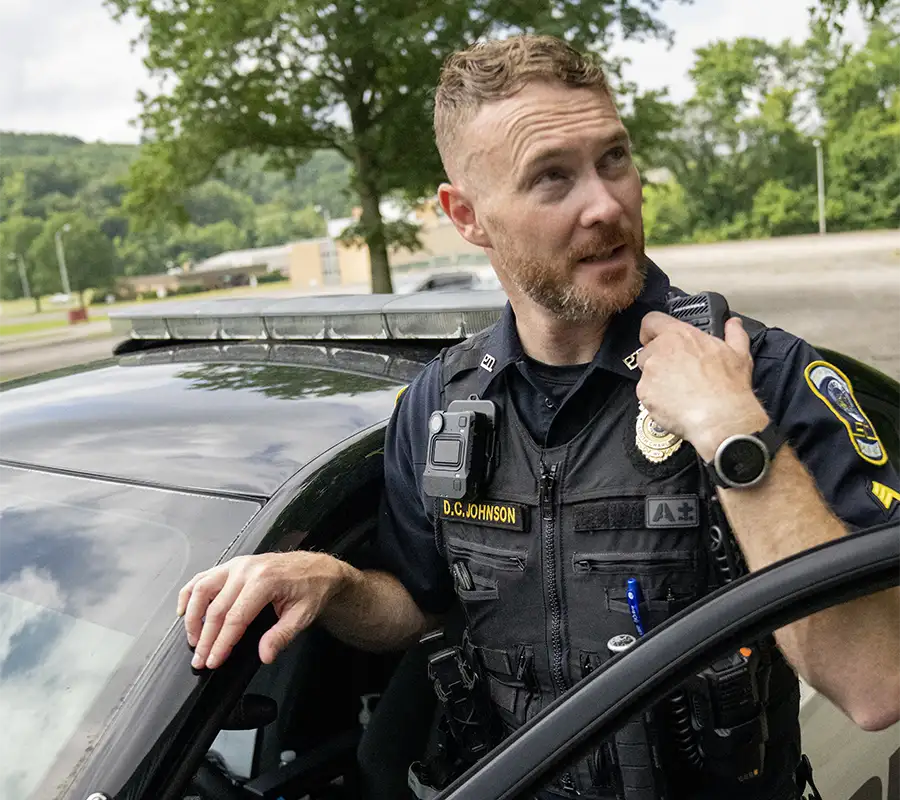
As-A-Service Model: 5 Questions to Decide If It's Right For Your Agency
Modern video solutions for law enforcement, including body-worn cameras and in-car video systems, are a game-changer for both officers and the communities they serve. They’re widely recognized as some of the most critical tools for documenting policing interactions, while the transparent, irrefutable evidence they provide helps build a foundation of meaningful trust between agencies and citizens. It’s a fact that officers around the country know well.
According to a recent Motorola Solutions survey of US law enforcement personnel, in-car video systems and body-worn cameras are some of the most widely implemented law enforcement technologies, with over 80% and 70% implemented across agencies, respectively. The use of in-car video cameras grew 7% year-over-year, the most of any video technology included in the survey.
Video technologies allow officers to do their job more safely, efficiently and transparently, especially when cameras are integrated into the broader law enforcement technology ecosystem. Respondents agreed, indicating transparency and officer safety and wellness as the top benefits of video solutions for law enforcement.
At the same time, 80% of respondents also noted their agency is currently facing budget constraints. This dilemma of having to constantly do more with less means that, even when agencies identify technology that would better help them meet their mission, they’re often constrained by the reality of their financial situation.
That’s why it’s just as important how agencies buy technology as it is what they buy. Enter Video-as-a-Service (VaaS).
Like Software-as-a-Service or Infrastructure-as-a-Service, VaaS is an attractive acquisition model that allows subscribing agencies to pay for video technology in lower monthly installments without the need for a large upfront purchase of equipment.
Yet, with limited resources and a wide array of options, it can be hard to know where to begin, or even the right questions to ask as you’re getting started.
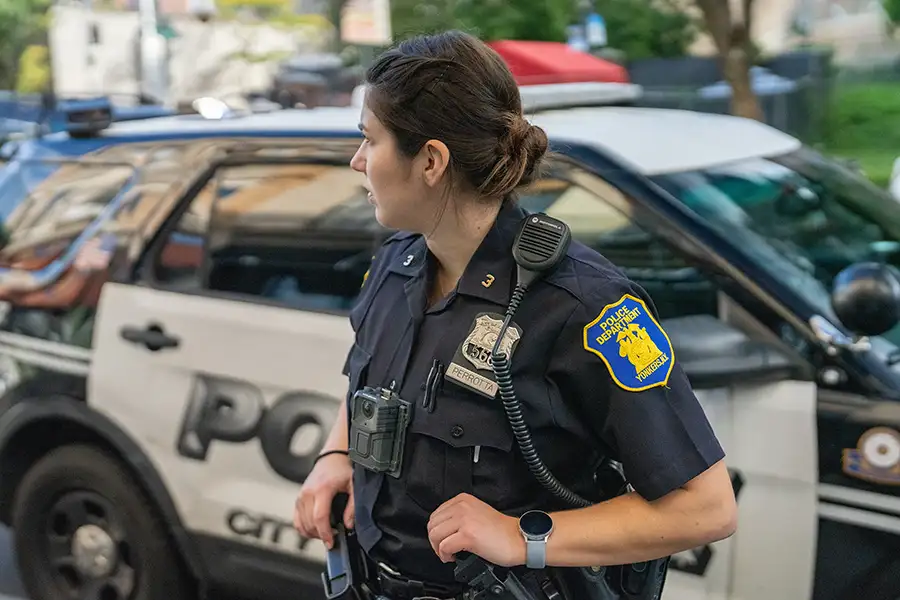
Why Video-As-A-Service (VAAS) Might Be Right For Your Agency
Video-as-a-Service is part of a larger trend in technology procurement that extends beyond law enforcement. For instance, instead of buying software up front, today, software is increasingly purchased on a subscription basis. Cloud computing has also made it easy to purchase computing power in much the same way. For the public sector, VaaS makes sense for a lot of the same reasons as it does for these other technologies.
First, VaaS shifts the model for acquiring video systems from a capital expense to a “pay-as-you-go” operating expense, one that can be spread out over years with smaller monthly payments to minimize any upfront investment and initial budget hit. With one monthly payment for video systems that often include associated software and storage, agencies can achieve far greater budget predictability.
In addition, by paying monthly, agencies can typically get unlimited support and hardware repairs or replacements through the term of the contract. Plus, they can stay current on the latest technology with an ongoing refresh schedule.
This integrated model—everything an agency needs to deploy, maintain, and upgrade video systems for a predictable monthly payment—is growing in popularity versus a la carte pricing. More agencies are coming to see VaaS as simply a better value, making buying, deploying, and maintaining modern video systems much easier with less risk than large, one-time purchases.
Yet, VaaS isn’t always the right model for all agencies. While VaaS offers affordable monthly payment options and even the possibility of paying for multiple years of a contract in advance, some agencies mandate up-front purchases and don’t support the ability to pay monthly. For them, financing may be a more viable option. But as the benefits of the VaaS model become clear, these agencies are increasingly in the minority.
So, how do you know whether VaaS is the right option? Here are five questions to help get you started and make a more informed decision.
Getting Started
1. What Are the Allowable Ways Your Agency Purchases Technology Equipment and Services?
It’s important to understand if your agency currently pays incrementally for any other technologies, products, or services. How do they operate and have they been well received? If not, why, and can any lessons be applied to a VaaS implementation?
2. What Is Your Agency’s Current and Anticipated Budget Situation?
Once you understand what acquisition models are allowable at your agency, the next step is gaining a clear view of the current and anticipated budget picture. Think through anything that may affect spending decisions: Has your overall budget been cut recently? Do you foresee any reduction in IT spending in the near future? Are annual static budget amounts easier to pass than major purchases every 3-5 years? Has your agency moved to a total patrol car model? Once these questions are answered, it should become easier to weigh the potential benefits of VasS versus a standard purchase.
3. How Immediate Is Your Need To Be Up And Running With New Video Systems?
For agencies who want to be up and running with video fast, VaaS may be the best option. You can sign a contract and have a working system in place much faster than a large up-front purchase. That’s because it often takes time to apply for a financial grant or to request a release of capital from your local government. With VaaS, you don’t need to wait for capital: just sign up and get started straight away.
4. How Important Is Budget Predictability to Your Agency?
If predictability is a top budget concern, VaaS may be a preferred payment option for your agency. With VaaS, video storage is typically included in a monthly payment, along with training, support, and software. The same goes for technology refreshes, with new equipment and batteries usually swapped out every few years depending on the specific VaaS agreement. With no hidden costs or surprises, your agency has a much clearer idea of the impact video systems will have on budgets, both today and tomorrow.
5. Are There Any Available Grants and What Are Their Terms?
Do you have access to any funding grants for specific purchases like body-worn cameras? If so, what are the terms? Sometimes grants will require upfront payments. Yet, many will allow up front VaaS payments where agencies can pre-purchase a specific number of service years at the start of an engagement.
Once these questions have been answered and you’ve determined if VaaS is feasible for your agency, you can clearly determine which purchasing model holds the most value for your specific circumstances.
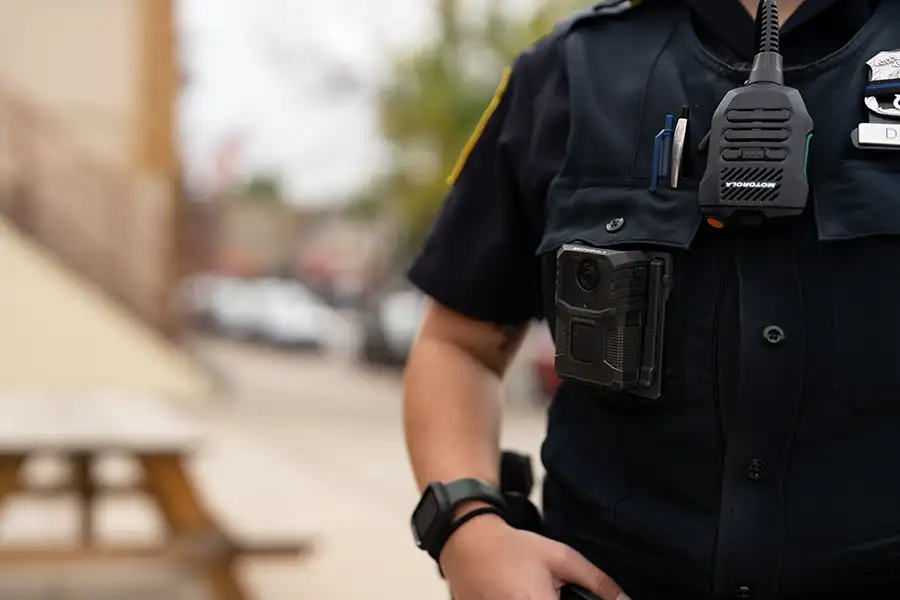
Motorola Solutions Video-As-A-Service
Everything Your Agency Needs To Quickly Get Going With New Cameras
At Motorola Solutions, we’ve refined the VaaS acquisition model so that your agency can quickly get, and get going with the most advanced video systems for law enforcement. Yet, today, community trust and transparency depend on a complete ecosystem of integrated, connected tools. That’s why we offer a range of solutions such as the intuitive VB400 body-worn camera, powerful V700 body-worn camera, and M500 in-car camera systems with advanced community transparency software and industry-leading support.
The VB400 body-worn camera features an easy-to-operate design, equipped with all the crucial features your agency needs for your body-worn camera. Built to protect your team, you can expect a full shit recording with multiple ways to connect and complete evidential security. With the V700 state-of-the-art LTE body camera you’re not only able to capture critical incidents but you are also able to stay connected throughout your shift. You are able to view live streaming and real-time location from the V700 and M500 in CommandCentral Aware. The cameras feature automatic wireless uploading for fast, secure video evidence, as well as integration with APX two-way radios. The Motorola M500 in-car video system offers a powerful video analytics engine designed not just to capture video evidence but to keep you safer and more efficient in the moment. The system can automatically read license plates quickly and accurately while also analyzing the back seat and initiating a recording if a human is detected.
The VB400 is built with connectivity in mind, so you can take control of a situation by leveraging powerful integrations via WiFi and Bluetooth. Stream to your existing Video Management System to watch body-worn video alongside fixed video for more eyes on the scene, enable peer-assisted recording so all VB400s in a set radius will start recording when one does, and use Yardarm™ Holster Aware sensors to trigger recording immediately when a weapon is unholstered. And when combined with a pre-and post-recording buffer, you can be confident in the knowledge that the VB400 will never miss a crucial moment.
The V700 takes these integrations to the next level, working alongside the M500 to provide simultaneous first-person and in-car viewpoints of a situation. Our backend software, VideoManager EL, automatically combines multiple viewpoints into one video timeline, for maximum transparency and the most complete picture possible, even in fast-moving, highly stressful situations. Plus, with after-the-fact recording, officers can “go back in time” to capture video from events days after they happened, even when a recording wasn’t automatically triggered or initiated by the officer.
Transferring video is just as easy. Now, officers can automatically send critical video back to headquarters while still in the field via wireless networks like LTE and FirstNet, anytime, anywhere. With encryption at rest and in transit, law enforcement can always maintain a secure chain of custody for evidence.
Plus, the Motorola Solutions VaaS packages provide all the support you need to be successful, with various options for warranty, replacements, and support when you need it.
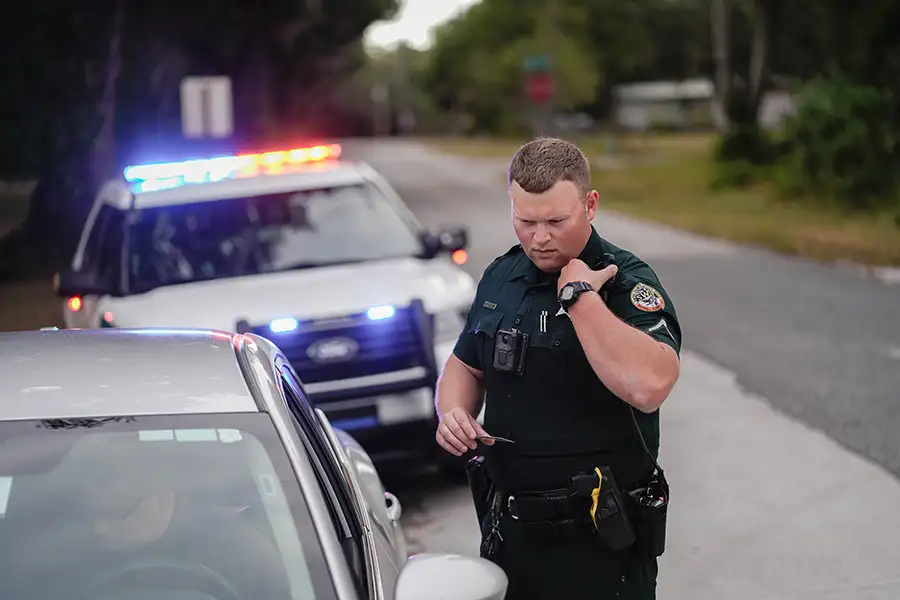
The Vaas Difference: Deciding on The Best Video Solution for Your Agency
Today, law enforcement agencies across the country understand that video systems help officers do their job more safely, efficiently and effectively while strengthening community trust and transparency. When integrated into a broader law enforcement technology ecosystem with powerful software and services, their usefulness increases even further.
Yet, even with so many clear benefits, budget constraints have made it difficult for many agencies to make a large video system purchase. That’s why the VaaS purchasing model is such an important evolution in law enforcement technology acquisition.
With VaaS, agencies now have the purchasing capability to acquire modern video solutions and all of the protection, safety, and transparency they offer. As safety challenges shift and community expectations around law enforcement transparency evolve, VaaS offers a compelling way for agencies to evolve their technology in tandem.

